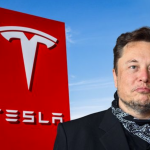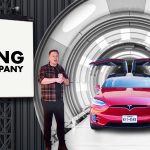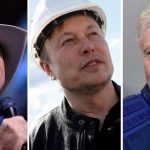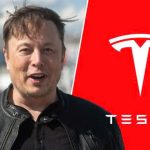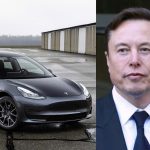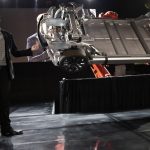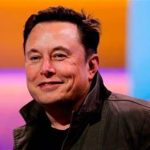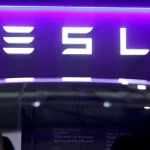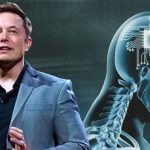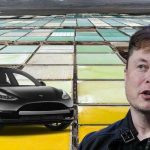Elon Musk: From Electric Vehicles to Solar Energy – The Green Revolution and Its Hidden Sides
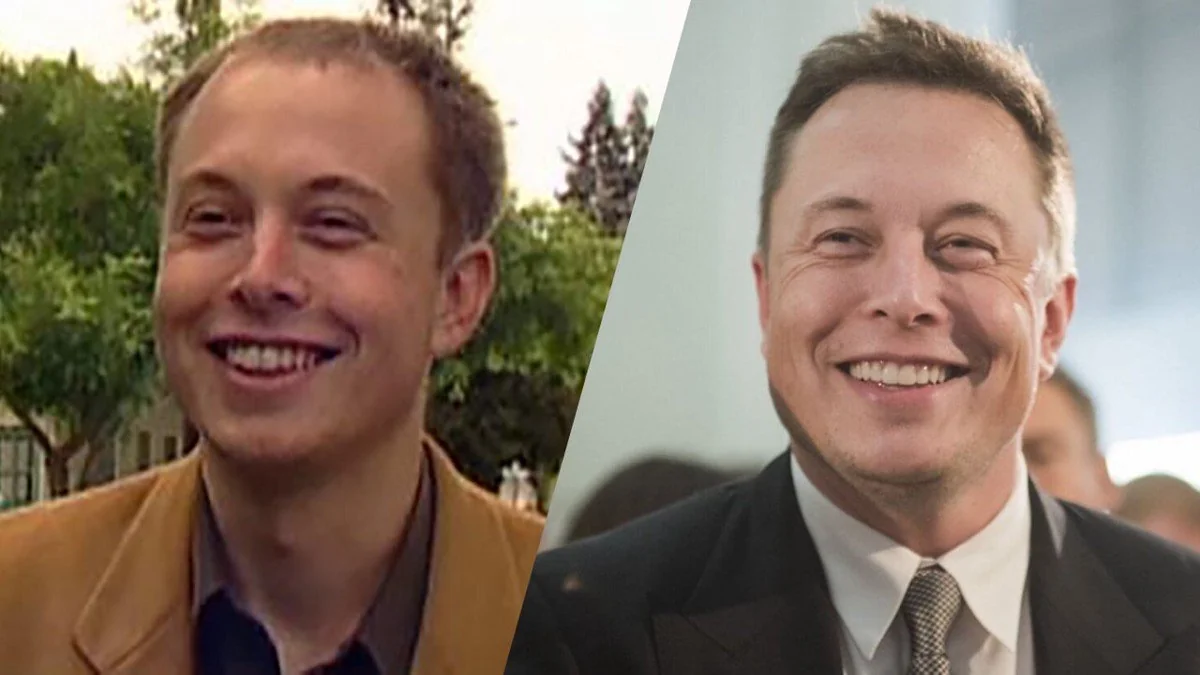
Elon Musk: From Electric Vehicles to Solar Energy – The Green Revolution and Its Hidden Sides 🌍
Elon Musk, a name synonymous with innovation and entrepreneurship, is frequently hailed as a trailblazer in the battle against climate change. Through ventures like Tesla’s electric vehicles and SolarCity’s solar energy solutions, Musk has undeniably left an indelible mark on the push for a sustainable future. However, are his contributions as unequivocally positive as they appear? This article delves deeper into Elon Musk’s “Green Footprint,” exploring the transformative impact of Tesla’s electric vehicle revolution and SolarCity’s solar energy ambitions, while also shedding light on the controversies and challenges that accompany his endeavors.
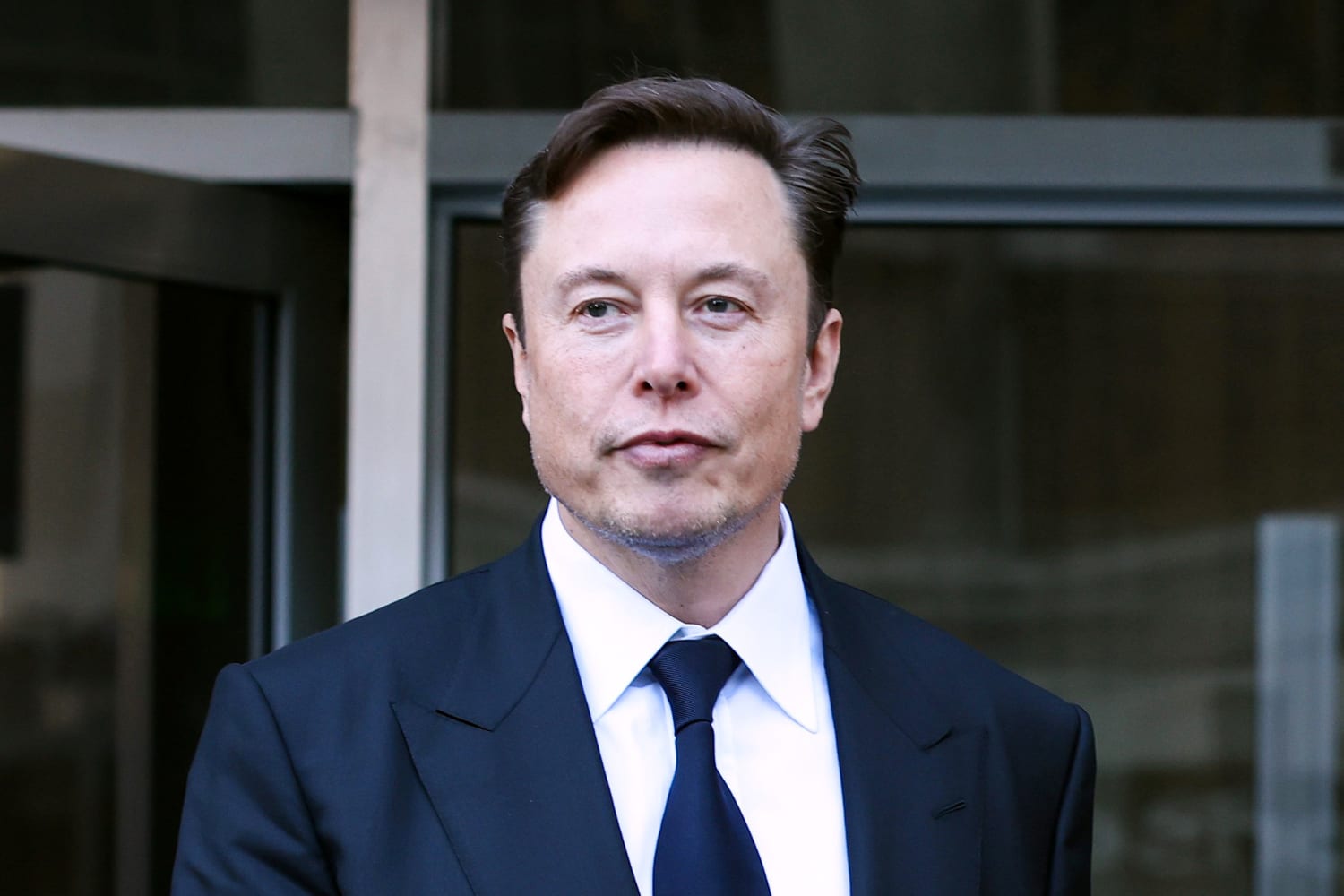
Tesla: The Electric Vehicle Revolution and the Green Dream
There’s no denying that Tesla has sparked a genuine revolution in the automotive industry. Before Tesla burst onto the scene, electric vehicles (EVs) were widely dismissed as sluggish, aesthetically unappealing, and limited in range—hardly a viable alternative to gas-guzzling cars. Tesla shattered these stereotypes with models like the Tesla Model S, Model 3, and Model X, proving that EVs could be powerful, luxurious, and capable of traveling hundreds of miles on a single charge. This paradigm shift not only redefined consumer expectations but also ushered in a new era of sustainable transportation.
Tesla’s success has had a ripple effect across the automotive world. Traditional car manufacturers such as Ford, General Motors, Volkswagen, and Toyota, once hesitant to fully embrace electrification, have been compelled to accelerate their own EV programs to keep pace with Tesla’s dominance. The result is a thriving, competitive market where consumers now enjoy a broader range of options, more affordable EV prices, and a growing presence of electric vehicles on roads worldwide. According to recent estimates, the rise of EVs has significantly reduced carbon emissions from the transportation sector, one of the largest contributors to global greenhouse gases.
Yet, Tesla’s “green dream” is not without its blemishes. One of the most significant criticisms centers on the production of EV batteries, particularly the lithium-ion batteries that power Tesla vehicles. These batteries rely on the extraction of rare minerals like lithium, cobalt, and nickel—a process that comes with severe environmental and social costs. In places like the Democratic Republic of Congo, which supplies much of the world’s cobalt, mining operations often exploit child labor under hazardous conditions, raising serious ethical concerns. Similarly, lithium extraction in countries like Bolivia and Chile consumes vast amounts of water, depleting resources in already arid regions and disrupting local ecosystems and communities.
Moreover, the issue of battery recycling poses a persistent challenge. While Tesla has pledged to advance recycling technologies and create a closed-loop system for its batteries, the reality is that most end-of-life lithium-ion batteries are not yet efficiently repurposed or disposed of. Without scalable solutions, these batteries risk becoming a future environmental liability, undermining the ecological benefits EVs promise. Critics argue that Tesla—and Musk himself—must be more transparent about addressing these downsides rather than focusing solely on the glamorous, eco-friendly image the company projects.
Beyond production, the energy required to manufacture Tesla vehicles also draws scrutiny. Building a single Tesla, from mining raw materials to assembling the finished product, is an energy-intensive process. In regions where renewable energy sources are scarce, this manufacturing footprint can offset some of the emissions reductions achieved by driving an EV instead of a gasoline-powered car. While Tesla has made strides toward powering its factories with renewable energy—such as the solar panels at its Gigafactory in Nevada—the transition is incomplete, leaving room for skeptics to question the true “greenness” of the operation.
SolarCity: Solar Energy for Every Home?
In addition to Tesla, SolarCity represents another cornerstone of Musk’s vision for a sustainable future. Co-founded by Musk and his cousins, Lyndon and Peter Rive, in 2006, SolarCity aimed to democratize solar energy by making it accessible to households and businesses alike. The company offered rooftop solar panel installations, enabling customers to slash electricity bills and reduce their carbon footprint. At its core, SolarCity embodied the promise of clean, renewable energy as a practical alternative to fossil fuels.
The 2016 merger of SolarCity into Tesla, valued at $2.6 billion, was billed as a bold step toward an integrated energy ecosystem. Musk envisioned a world where Tesla electric vehicles would be powered by SolarCity solar panels, with excess energy stored in Tesla’s Powerwall batteries for use when the sun wasn’t shining. This synergy painted an alluring picture of self-sufficient, eco-friendly living. Over the years, SolarCity has indeed helped hundreds of thousands of American households and businesses transition to solar power, playing a pivotal role in reducing reliance on coal, oil, and natural gas.
However, the Tesla-SolarCity merger was not without controversy. At the time of the deal, SolarCity was grappling with mounting debt and financial instability, leading some analysts and shareholders to accuse Musk of orchestrating a bailout. As Tesla’s chairman and a major stakeholder in SolarCity, Musk faced allegations of prioritizing personal interests over those of Tesla’s investors—a charge that sparked lawsuits and fueled debates about his business ethics. Critics pointed to the timing of the acquisition, arguing that it burdened Tesla with SolarCity’s liabilities at a moment when the EV maker needed to focus on scaling its core operations.
Despite these controversies, SolarCity’s impact on the renewable energy landscape remains undeniable. The company helped shift public perception, transforming solar power from a niche, luxury option into a mainstream solution. By streamlining installation processes and offering financing plans, SolarCity lowered barriers to entry, encouraging broader adoption of solar energy. Yet, challenges persist. The high upfront costs of solar panel systems, the efficiency of energy storage solutions like the Powerwall, and reliance on government subsidies continue to limit the scalability of Musk’s solar ambitions. For SolarCity’s vision of “solar energy for every home” to fully materialize, these hurdles must be addressed.

Hidden Sides and Challenges
Beyond the headline-grabbing achievements, Elon Musk faces substantial criticism regarding the broader environmental footprint of his ventures. The construction and operation of massive facilities like Tesla’s Gigafactories require significant energy and resources. In their early years, these plants often depended on non-renewable energy sources, resulting in greenhouse gas emissions that clash with Musk’s green rhetoric. For instance, the Gigafactory in Nevada has been criticized for its water consumption in a drought-prone region, straining local resources and prompting backlash from environmentalists.
Furthermore, some detractors argue that Musk’s focus on high-tech fixes—electric cars, solar panels, and battery storage—overshadows simpler, more immediate ways to combat climate change. Issues like biodiversity loss, plastic pollution, and overconsumption receive little attention from Musk, who seems more captivated by futuristic innovations than grassroots sustainability efforts. Critics contend that while his solutions are impressive, they address only part of the problem. True environmental progress, they say, requires systemic changes in human behavior—such as reducing waste, embracing minimalism, and protecting natural habitats—rather than relying solely on technological breakthroughs.
Musk’s leadership style and public persona add another layer of complexity to his environmental legacy. His penchant for bold, sometimes outlandish statements—like his plans to colonize Mars—has led some to question his priorities. Is he genuinely committed to saving Earth, or is he a shrewd businessman capitalizing on the green movement to build his empire? Projects like SpaceX, while groundbreaking, have little direct bearing on terrestrial climate challenges, prompting speculation about whether Musk’s heart lies more in exploration than preservation.
Additionally, the sheer scale of Musk’s operations raises logistical and ethical dilemmas. Supply chain issues, labor practices in mineral-rich regions, and the carbon footprint of global shipping all complicate the narrative of a wholly sustainable enterprise. To his credit, Musk has acknowledged some of these concerns and pledged to improve transparency and sustainability across his companies. Whether these promises translate into action remains a point of contention.
Conclusion
Elon Musk is a multifaceted figure—a visionary whose contributions to green technology are both profound and polarizing. His work with Tesla and SolarCity has undeniably accelerated the shift toward renewable energy and sustainable transportation, inspiring industries and individuals alike to rethink their environmental impact. Yet, his journey is far from flawless, marked by ethical quandaries, environmental trade-offs, and unresolved challenges.
To fairly evaluate Musk’s “Green Footprint,” we must weigh the triumphs against the shortcomings, the praise against the criticism. Is he truly an environmental “savior,” or merely a savvy entrepreneur riding the wave of the green revolution for profit? The answer likely lies in the future, when the long-term effects of his technologies and initiatives become clearer. For now, Musk remains a paradox: a man whose bold ideas have reshaped the world, yet whose legacy—green or otherwise—is still unfolding.
